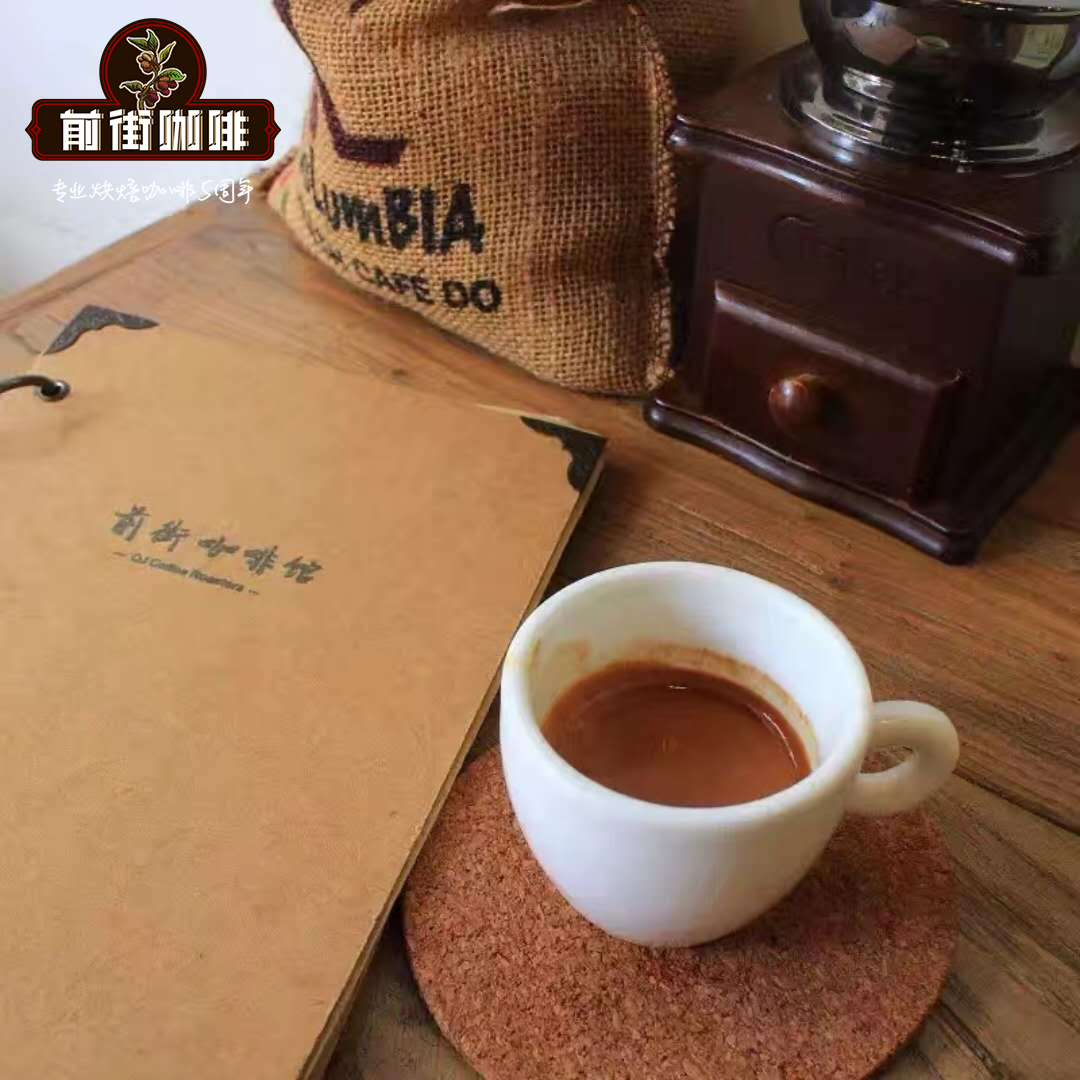Mocha coffee and Yemeni mocha what's the relationship? Mocha coffee from Yemen mocha there?

Professional coffee knowledge exchange More coffee bean information Please pay attention to coffee workshop (Weixin Official Accounts cafe_style)
Yemen has a longer history of commercial coffee production than any other country. The local coffee is very unique and tastes quite unusual, so it may not be easily accepted by ordinary people. Even though the market demand for Yemeni coffee is huge, local coffee trade never changes with the commercial coffee market. Yemeni coffee is absolutely unique, showing distinctive characteristics from varieties, terraced coffee cultivation, processing methods and industries.
Coffee arrived in Yemen from Ethiopia, perhaps by caravans or pilgrims from Ethiopia to Mecca, and was already on a considerable scale in the 15th and 16th centuries. Coffee exported from this area also makes Mocha famous. But I think mocha is arguably the most confusing word in the coffee vocabulary.
Yemen has a unique agricultural structure, with only 3 per cent of the land suitable for farming; agricultural development is limited by water resources. Coffee grows on terraces, at high altitudes, and requires additional artificial irrigation in order for coffee to thrive. Many farmers rely on non-renewable resources such as groundwater, and there are concerns about resource depletion. Fertilizer application is not common, so loss of soil nutrients is also a problem. All these factors, combined with the remoteness of the coffee growing region, explain why there are so many different varieties originating from Arabica; most are unique to each region.
Yemeni coffee is harvested manually, and workers visit the same coffee tree several times a season. Even so, selective harvesting is not common, so both underripe and overripe fruits are harvested simultaneously. The whole fruit after harvest is usually sun-dried, and most of the time there is not enough room on the roof of the farmer's house. The fruit often appears in a heap state, so it cannot be dried properly, and defects such as uneven drying, fermentation or mold occur.
Each producer often grows only a small amount of coffee. According to the 2000 census report, coffee is produced in 99000 households. It is estimated that the annual yield of beans per household was only 113 kg.
Global demand for Yemeni coffee is extremely high, with half of all exports going to Saudi Arabia. High demand, limited production and high production costs have kept prices high for Yemeni coffee. Such demand, however, does not make the history of Yemeni coffee transparent, as domestic coffee sales take a long time (usually several years) from farmers to exporters, as many exporters digest their oldest stocks first and store the most recent harvest in underground caves.
What is Mocha?
Originally, the word "mocha" was the name of Yemen's coffee export port. The spelling of the word was quickly changed to moka to describe the strong, rich style of Yemeni coffee. Today, some sun-cured coffees from other countries use the same name, such as Moka Harra in Ethiopia.
Yemeni coffee is often blended with Java coffee, hence the term mocha-Java. However, because the name was not protected, it is now used by many roasters to describe the style of coffee they create rather than the origin. Adding to the confusion, the term mocha is now used to describe drinks that mix hot chocolate with espresso.
QESHER
Coffee is a popular coffee byproduct. This is the dried but unroasted coffee shell removed from the coffee fruit during manufacture. These dried shells are usually brewed as tea and are also popular with Yemenis as a way to drink coffee. In recent years, coffee producers in Central America have also begun experimenting with making such products, known locally as cascara. Usually these are just dried coffee berries, not Yemeni coffee that contains the fruit and dried shell.
Production and sales history
Tracing the origin of yemeni coffee is not easy. In most cases, the word "mocha" appears in the name of the coffee, which is the name of the local export port. Usually coffee can only be traced to a specific region rather than to its origin. It is also quite common to describe coffee by the name of a local coffee variety, such as Mattari.
Having a detailed record of production and sales is not a guarantee of quality. Coffee beans from different regions are usually mixed before export, and then exported under the most valuable coffee name on the market. Yemeni coffee is popular because of its unusual taste and wild, intense flavor--a style that is partly due to flaws in the processing. If you want to try coffee from Yemen, I suggest you buy it from a trusted supplier. Roasters have to sift through quite a few bad coffee samples to find a good coffee bean, which is quite disadvantageous for blind consumers, because you are likely to get a coffee that tastes impure and even has a rotten and unpleasant smell.
Mocha Coffee Taste
Wild, complex and rich, it gives you a unique drinking experience different from many coffees in the world. For some people, this wild, slightly fermented fruity flavor turns them off, but for others it's highly appreciated coffee.
producing areas
Population: 25,235,000
2013 Output (60 kg/bag): 200,000 bags
Please note that the spelling of place names in the West may differ significantly from those used locally in Yemen. Each Yemen appellation is an official governorate name, not a geographical division. Yemen has 21 administrative districts, of which only 12 grow coffee and even fewer are important producers.
Important Notice :
前街咖啡 FrontStreet Coffee has moved to new addredd:
FrontStreet Coffee Address: 315,Donghua East Road,GuangZhou
Tel:020 38364473
- Prev

Is the mocha brewed in a mocha pot? what is the authentic mocha or the usual drink?
Professional coffee knowledge exchange more coffee bean information please follow the coffee workshop (Wechat official account cafe_style) today is a kind of coffee beans with dark chocolate aroma as the main flavor. Crush moderately roasted coffee beans. Sitting by the side, I could smell a mellow aroma of coffee immediately. It also smells of salty sea salt. Pour it into a cup and smell it.
- Next

What is the rating standard of Blue Mountain Coffee? what grade does Blue Mountain Coffee belong to?
Professional coffee knowledge exchange more coffee bean information please follow the coffee workshop (Wechat official account cafe_style) Blue Mountain coffee beans, is the official law of Jamaica to set the scope of cultivation, and the production process is also under the strict supervision of the Jamaican Coffee Bureau. High-quality Blue Mountain coffee beans are famous for their balanced, mild taste, charming aroma and non-bitter taste. Number of passes
Related
- Beginners will see the "Coffee pull flower" guide!
- What is the difference between ice blog purified milk and ordinary milk coffee?
- Why is the Philippines the largest producer of crops in Liberia?
- For coffee extraction, should the fine powder be retained?
- How does extracted espresso fill pressed powder? How much strength does it take to press the powder?
- How to make jasmine cold extract coffee? Is the jasmine + latte good?
- Will this little toy really make the coffee taste better? How does Lily Drip affect coffee extraction?
- Will the action of slapping the filter cup also affect coffee extraction?
- What's the difference between powder-to-water ratio and powder-to-liquid ratio?
- What is the Ethiopian local species? What does it have to do with Heirloom native species?

